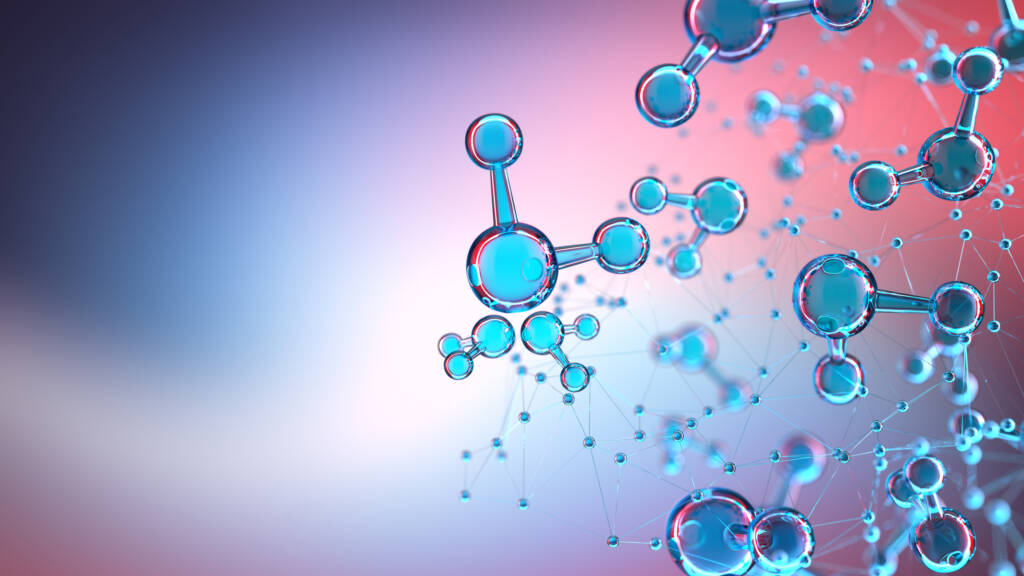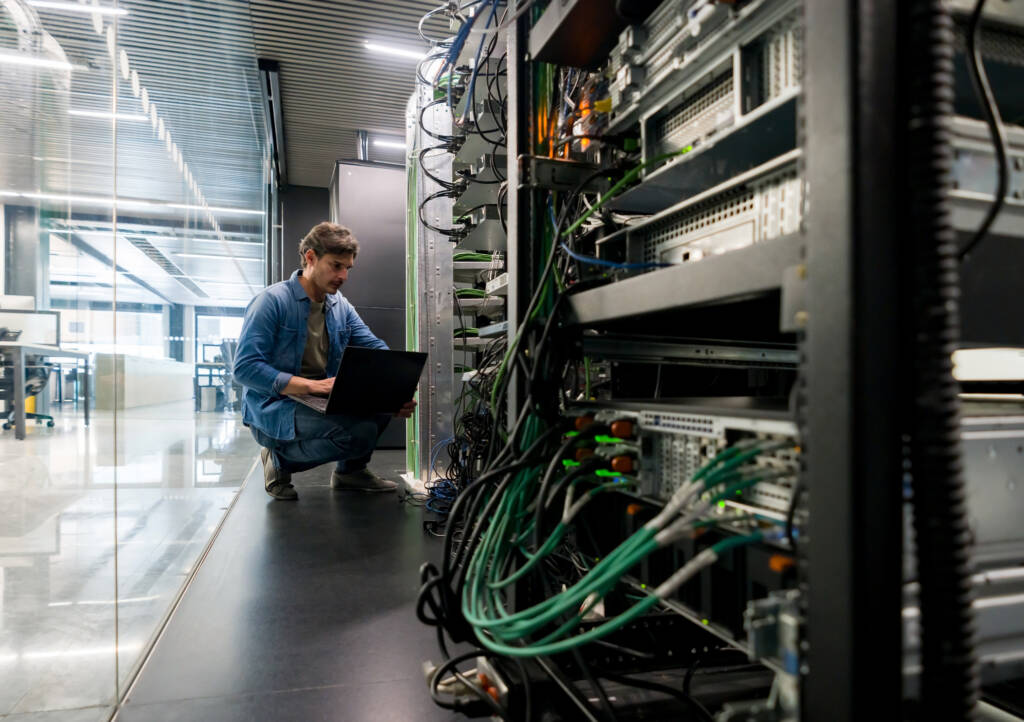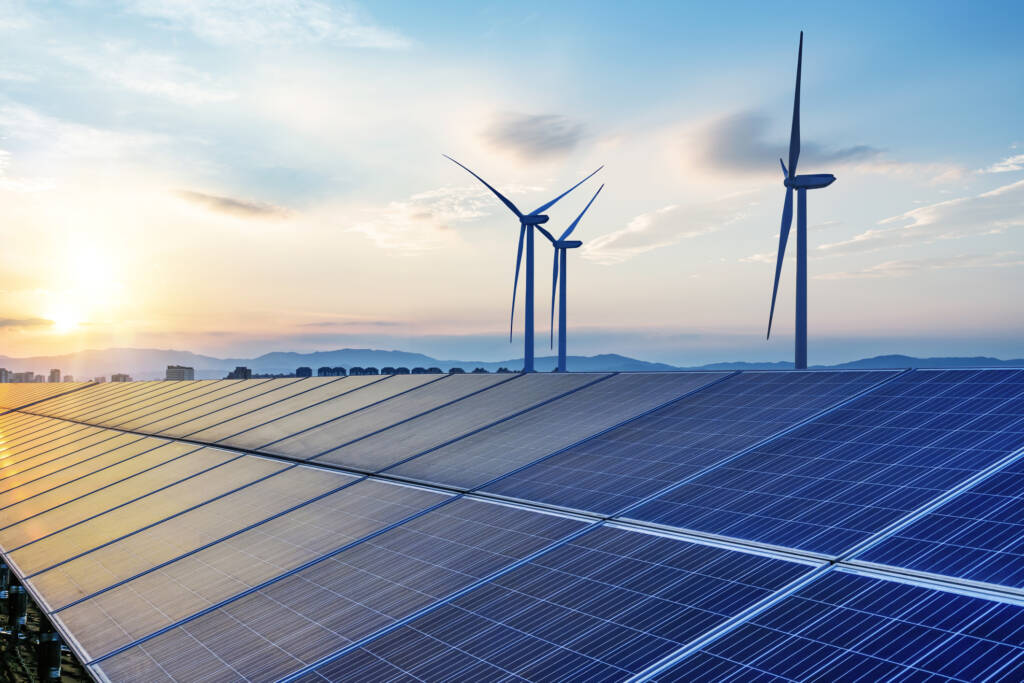
Biotechnology 1a

Biotechnology 1a: Introduction
How is technology changing the way we live? Is it possible nature can provide all the answers to some of science’s most pressing concerns? In Biotechnology 1a: Introduction, you’ll learn the basics of biotechnology and evolutionary theory, explore the various ways we store and preserve food, and discover the process of fermentation and microbiology. This course will also cover the importance of breeding plants and hybridization and how early breeding programs led to the study of genetics and an understanding of the function of genes. Finally, you’ll delve into early industrial discoveries and explore the developments in biotechnology during the industrial revolution.
During this course, you will learn career-related skills and earn a badge for this accomplishment. A badge is a digital certification of your career-related learning that you can share on social media and higher education platforms, or with colleges, potential employers, peers, and colleagues. Select this link to learn more about badges.
Major Topics and Concepts
Unit 1: Biotechnology Basics
Biotechnology refers to techniques that rely upon living organisms or the products of those organisms to make or modify products, to improve animals or plants, or to develop microorganisms for medical, agricultural, or industrial use. In this unit, you will review the essential foundations for biotechnology, specifically the biology behind biotechnology.
What will you learn in this unit?
Recognize different types of cells.
Categorize organisms.
Define taxonomy and scientific naming of organisms.
Explain the basics of evolutionary theory.
Unit 2: The Beginning of Biotechnology
The first human experiments and work in biotechnology came as humans made the transition from hunting and gathering to an agricultural means of food production. Domestication of plants and animals led to significant changes through active human interference and selection. Changes in human society, including sedentism, would lead to many early innovations in biotechnology.
What will you learn in this unit?
Explain the differences between the Paleolithic and Neolithic.
Describe how humans domesticated plants and animals.
Categorize the regional variances in agriculture and domestication.
Summarize the changes that occurred as humans domesticated plants and animals.
Unit 3: Food Preservation and Fermentation
The first use of biotechnology, as you learned in Unit 2, was to improve the food supply. Biotechnology continued to be used for food production as early peoples learned how to ferment their foods, produce alcohol and vinegar, make cheese, and bake bread. These changes in foods improved the food supply and made it safer, and reduced the risk of food-borne illness.
What will you learn in this unit?
Classify the various ways to store and preserve food.
Describe the different types of fermentation.
Explain the process of fermentation.
Discuss the study of microbiology and the work of Pasteur.
Unit 4: Collection and Breeding
Modern biotechnology requires an understanding of genetics; however, that understanding is relatively recent. Before biologists, microbiologists, and botanists understood genetics, they learned how to crossbreed plants and produce hybrids of their own creation. In many ways, this built upon the domestication of plants discussed in Unit 2 but was far more complex and innovative.
What will you learn in this unit?
Discuss the importance of early collectors and their collections.
Describe how collectors bred plants.
Illustrate the importance of hybridization and the impact of hybrids.
Unit 5: The Beginning of Genetics
The study of genetics could not begin until the basic processes of inheritance were well understood. In the middle of the 19th century, an amateur scientist, Gregor Mendel, undertook the first defined scientific experiments in genetics, carefully recording the ratios of inheritance. While his work received little recognition at first, the study of genetics moved quickly from the 20th century onward. Within the first 50 years of the 20th century, DNA was identified and, by 1977, the first gene sequencers opened up new opportunities for the study of genetics.
What will you learn in this unit?
Understand the function of genes.
Recognize the historical development of the study of genetics.
Understand Mendel’s experiments and their significance.
Create a timeline describing the history of genetics from Mendel through the late 20th century.
Unit 6: Early Industrial Discoveries
In this unit, you will learn about industrial biotechnology advancements between 1800 and World War II. These innovations required new achievements in microbiology, a new understanding of enzymes and fermentation, as well as the ability to identify bacteria. They fueled industrial growth in various industries, from ammunition production to paints and varnishes, providing key ingredients needed for a growing and changing world.
What will you learn in this unit?
Recognize the developments in biotechnology that accompanied the industrial revolution.
Understand the changes that occurred during the period defined as classical biotechnology.
Explain the role of enzymes in an industrial setting.
Recognize how war drove productivity and innovation in biotechnology.
Unit 7: Regulation of Biotech
Food, drugs, the environment—biotechnology is everywhere! The industry is producing life-changing products across the globe and in our lives. Biotech has an effect on the foods we eat, on the drugs that promote healing, and on the products that protect our environment. The future of biotech is bright but comes with a responsibility to safeguard consumers and our environment. This safeguarding responsibility is known as regulation. Regulation is sometimes seen as a negative, but as we’ll see, it actually helps protect us while providing pathways to innovation and change.
What will you learn in this unit?
Discuss the purpose and development of biotechnology regulation in the United States
Identify and describe the primary regulatory agencies in the United States
Explain the roles of product development, regulation, and society
Consider the need for a balance between regulation and innovation
Describe the basic regulatory process and the challenges in the regulatory environment
Analyze the on-going process of modernizing biotechnology regulation
Unit 8: Healing, Feeding, Fueling
The world of biotechnology is an area of science that does not concentrate on just one scientific area. Biotech applications and innovations heal humans and animals. Biotech supports agriculture by increasing crop yields, improving plant life, and preventing damage to our food chain from pests and insects. We even see biotech developing applications to combat climate change through products such as biofuels that use plant-based formulas instead of fossil-based fuel. Biotech is even in our laundry detergents and dishwashing liquids in the form of special enzymes that replace environmentally harmful chemicals!
What will you learn in this unit?
Describe the long journey of biotech and major advances in three key areas
Identify and describe major advances of biotech in medicine and healthcare
Explain the key areas and uses of agricultural biotech
Discuss the social and economic impacts of agricultural biotech
Consider why environmental and industrial biotech are described as “the third wave of biotech”
Identify the key areas and uses of industrial and environmental biotech
Competencies
The Biology Behind Biotechnology
Students will demonstrate an understanding of the biology behind biotechnology by describing the types of cells, explaining the classification of organisms, and summarizing evolutionary theory.
Impact of Agricultural Revolution on Biotechnology
Students will demonstrate an understanding of the impact of the agricultural revolution on biotechnology by explaining the domestication of plants and animals, summarizing the impact of selective breeding on the development of biotechnology, and summarizing the impact of sedentism on the development of biotechnology.
Biotechnology and Safe Food Supply
Students will demonstrate an understanding of biotechnology and a safe food supply by explaining the impact of biotechnology on preserving food, describing the impact of biotechnology on storing food, and summarizing the use of fermentation in food production.
Development of Botany
Students will demonstrate an understanding of the development of botany by explaining the collector’s role in plant reproduction, describing the importance of plant collections, and summarizing the importance of plant hybridization.
The Historical Development of Genetics
Students will demonstrate an understanding of the historical development of genetics by explaining the function of genes, summarizing theories of genetics, and explaining the science of genetics.
Industrial Biotechnology Advancements
Students will demonstrate an understanding of industrial biotechnology advancements by explaining advancements in biotechnology from the industrial revolution, explaining the use of enzymes in an industrial setting, and summarizing the connection between war and biotechnology innovation.
The Regulation of Biotech
Students will demonstrate an understanding of the regulation of biotech by explaining US Regulatory Agencies, describing development of biotech regulations and summarizing the regulatory process.
The Benefits of Biotechnology
Students will demonstrate an understanding of the benefits of biotechnology by describing benefits of medical biotech, benefits of agricultural biotech, and benefits of industrial biotech.

